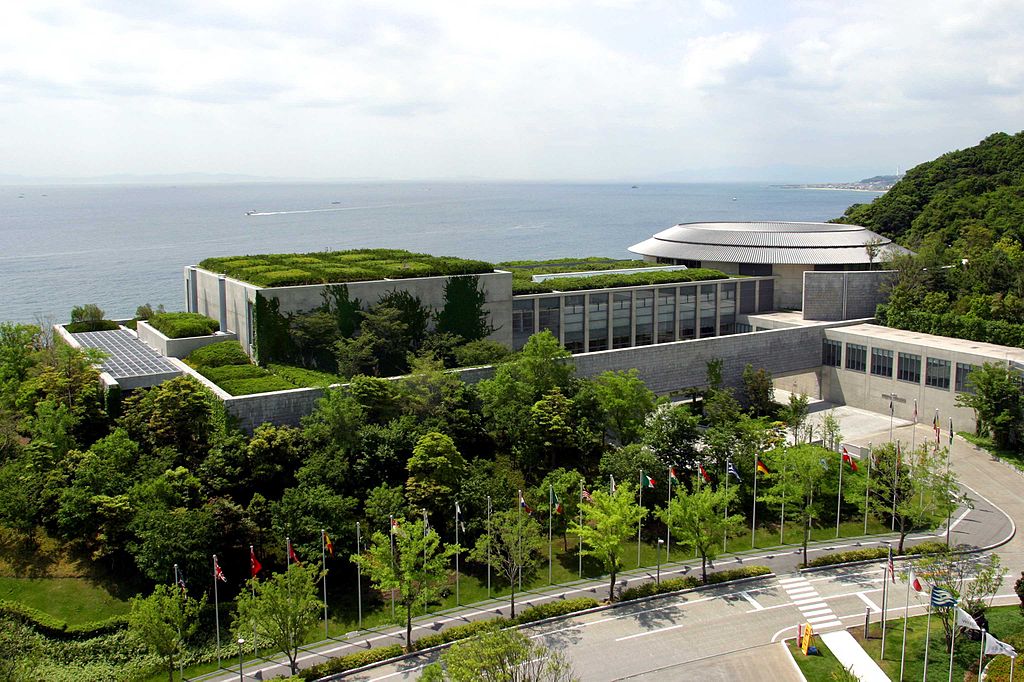Sep 27, 2018
Architectural Attractions in Kobe

When you go to Paris, you have to take a photo with the Eiffel Tower as the backdrop. When you go to London, a picture in front of Buckingham Palace is a must have. When you travel, a photo of yourself with an architectural masterpiece as a background fully completes the trip. You can take pictures of the food, stores, or just about anything, but nothing beats that photo taken with an iconic structure.
Kobe has terrific and groundbreaking architectural attractions you can use as a background. You can take a photo with humongous famous anime characters, gigantic, imposing shopping centers, intricately built historical sites, and majestic skyscrapers. What sets apart the wonders is the inspiration and magnificence that they exude.
Disaster Reduction and Human Renovation Institution
In commemoration of the Great Hanshin-Awaji earthquake of January 17, 1995, this imposing glass edifice was constructed to house memorabilia of the disaster, and an institution that trains the public in disaster management, and individual and community preparedness for catastrophes.
Kobe Port Tower
The Kobe Port sightseeing tower was completed in 1963. At 100 meters high with 8 floors, it’s designed to be reminiscent of a Tsuzumi Japanese drum. It was the first tower ever built out of pipe lattice and in honor of the vessels welcomed on the shores of Kobe, the tower has 32 red steel staves surrounding it. There’s a floor that sells souvenirs, another for tickets, and the top level is the display area.
Awaji Yumebutai
Awaji Yumebutai is a masterpiece by Tadao Ando, a world-renowned Japanese architect. The complex includes a conference center, hotel, and an earchquake memorial. It was slated to be a park before the Great Hanshin-Awaji earthquake, right near the epicenter of one of the worst natural disasters inflicting the country. The Westin Awaji Island Resort is a hotel that operates within the gardens.
Maiko Marine Promenade
The Maiko Marine Promenade viewing deck is constructed on the Kobe side of the Akashi Kaikyo Bridge. You’ll have a grand time relaxing on the 8th floor observation lounge area.
Akashi Kaikyo Bridge
Although it is not completely a part of Kobe City, the longest central span of any suspension bridge in the world connects the city on the Japanese mainland of Honshu to Iwaya on the island of Awaji. Right below is the Akashi Strait where passengers were originally ferried across but since there have been many accidents due to fierce storms, the government was convinced to build this iconic bridge.
https://japaninfoswap.com/experiencing-the-akashi-kaikyo-bridge-japans-engineering-marvel/
Venus Bridge
What makes this bridge significant, other than as a romantic spot for lovers, is that you can view the city with all the glittering and shimmering lights at night. It was used by French astronomers to observe the planet Venus during the early years of the Meiji era, thus its name. These days, it’s a perfect date spot where couples leave padlocks as a reminder of their love.
Port Island
Also known as Poto Airando, Port Island is an artificial island in the waters off Kobe. Upon its opening, an exposition called Portopia ‘81 was held. It now houses universities and institutes, hotels, a convention center, a heliport, and several parks including an animal park called Kobe Animal Kingdom, and a supercomputer.
https://japaninfoswap.com/kobe-animal-kingdom/
Noevir Stadium
In 1970, it was the first football stadium to host games at night after the installation of night lighting. Later, Noevir Stadium hosted the 2002 FIFA World Cup and was renovated for the event to accommodate 42,000 fans and adding a retractable roof. More recently, its seating has been reduced to 32,000 and it is named after a Kobe based cosmetics company that was the only bidder when the government sought a new naming sponsor.
There are a lot of beautiful and significant architectural masterpieces around Kobe. Most of them bear historical importance especially the foreign influences brought about by the opening of the port for international trade. The blend of artistry and purpose has created an infrastructure that has inspired locals and tourists alike.
Image by Awaji Yumebutai International Conference Center [CC BY-SA 3.0 ], via Wikimedia Commons


About the author